The GREGOR Mirror
A space-grade telescope mirror lies discarded in the shrubs.
Telescope mirrors are often the most expensive parts of the instrument, some of them costing millions of dollars to create, due to the extreme precision that is needed. Because of that it is very rare to see them outside of a telescope. Those who can be found in the wild usually have an interesting story behind how they’ve gotten to where they are. That’s the case with one mirror that can be found on the grounds of the Teide Observatory in the Canary Islands.
This mirror is a so-called blank, which means that the shape has been made but it has not been coated with a material that would make it reflective. Traditionally the blanks are made of glass, which is relatively cheap and easy to shape compared to other methods. However, these mirrors are also incredibly heavy, making them difficult to transport at large sizes and unsuitable for space telescopes (where weight is very important and costly). One of the solutions to this problem is to create ceramic mirrors out of silicone-carbide, which can be poured in a honeycomb pattern to create a very strong, rigid, and yet lightweight mirror. Due to its cost and complexity, this technology is mainly used for space missions and is typically reserved for smaller-sized mirrors. But the designers of the German GREGOR solar telescope aimed to push the boundaries of technology and ordered a set of such mirrors, the largest of which measures 1.5 meters.
Unfortunately, the technology was not quite mature enough in 2006, and both attempts at making the large mirror resulted in it cracking. Nevertheless, one of the blanks was brought over to the telescope to test its balance, and afterward, it was placed next to the road not far from the telescope, where it has stayed ever since. Over the years, several strange stories have popped up around this mirror. For example, it is sometimes said that the mirror would reflect light onto the nearby building, leaving scorch markings on its walls. However, since it was never reflective this is of course not possible.
As of 2024 the mirror is broken into 3 large pieces.
Know Before You Go
The mirror is close to the entrance of the VTT telescope. The entire area is primarily accessible to astronomers, but it is possible to get a tour of the area. In such a case, ask the guide to see the mirror.
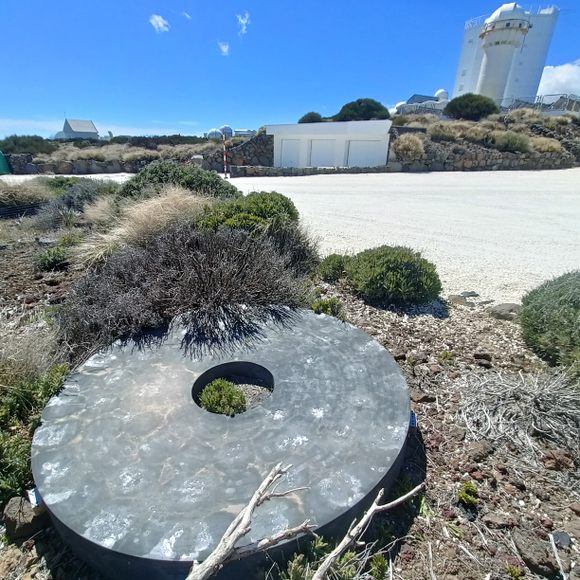

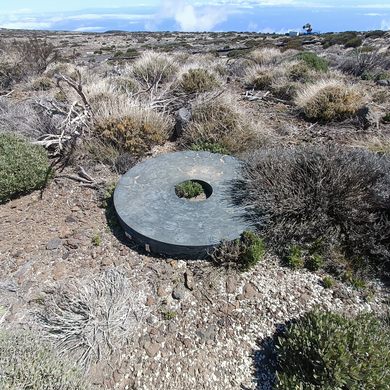

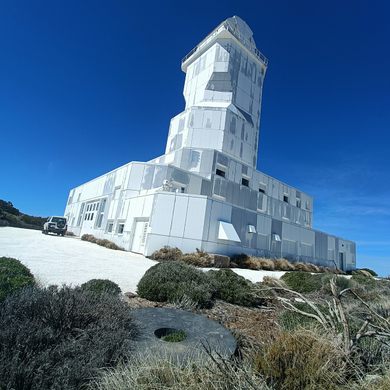
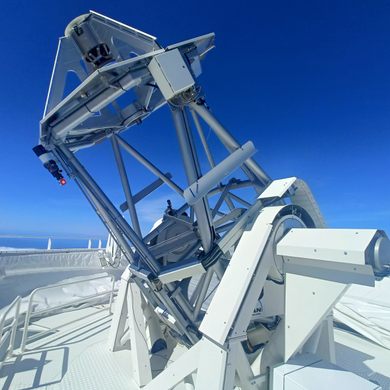
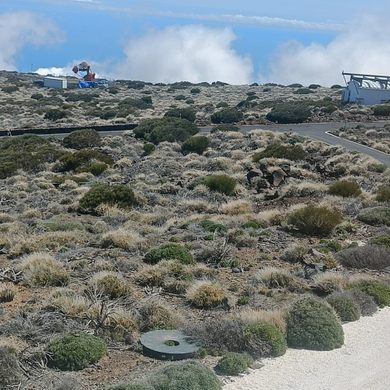



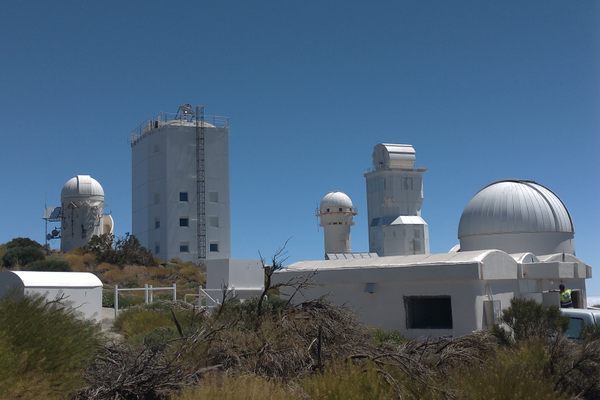
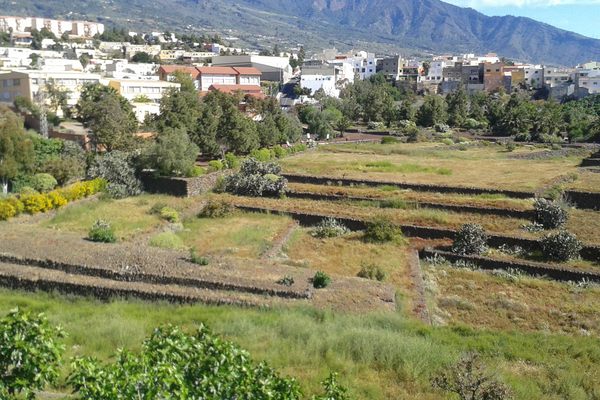

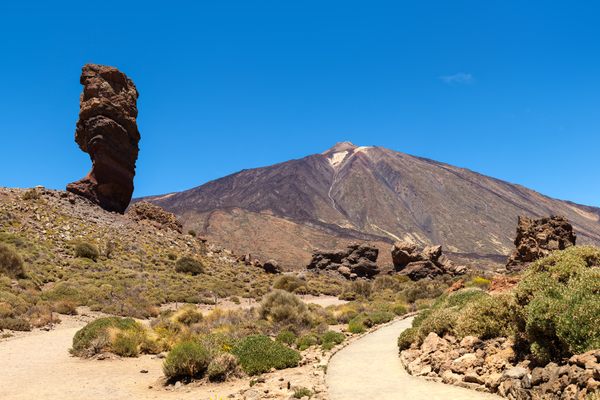

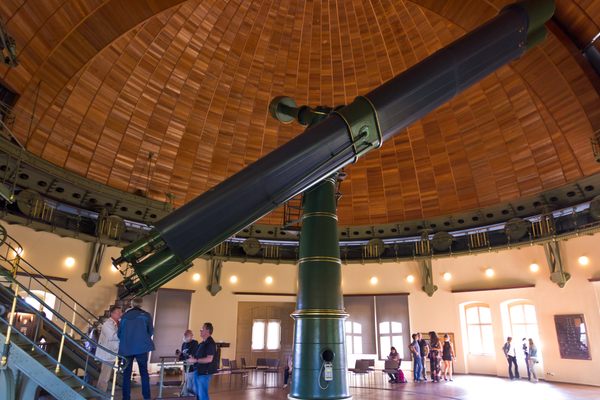



Follow us on Twitter to get the latest on the world's hidden wonders.
Like us on Facebook to get the latest on the world's hidden wonders.
Follow us on Twitter Like us on Facebook